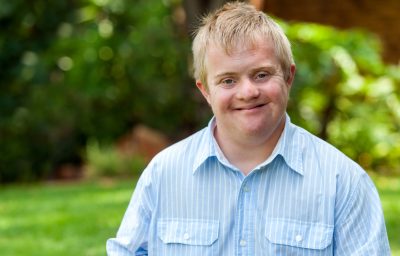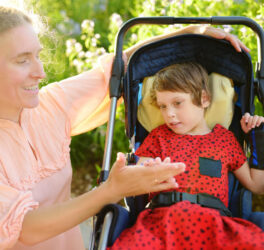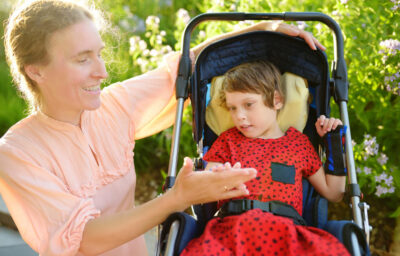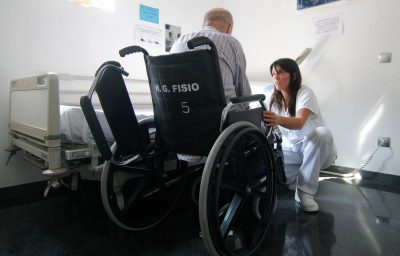
Stroke is the fourth leading cause of death in Hong Kong, hospitalising around 25,000 people each year. Despite declines in stroke mortality over the past years, it remains one of the major causes of adult disability, greatly affecting the daily lives of sufferers.
Individuals with stroke also have a higher risk of fall – up to 73% of patients fall in the first six months after being discharged from hospital.3-13 To shed light on ways to reduce the risk of post-stroke falls, The Hong Kong Polytechnic University (PolyU) has conducted the world’s first study to examine the effect of dual-task exercise on dual-task mobility and falls in people living with a chronic stroke, and subsequently designed an eight-week community-based rehabilitation programme for 84 people with chronic stroke.
The study, titled “Dual-Task Exercise Reduces Cognitive-Motor Interference in Walking and Falls after Stroke: A Randomized Controlled Study”, appeared in Stroke, a peer-reviewed medical journal published by the American Heart Association. It was revealed that dual-task exercises were able to help reduce the risk of falls and injurious falls by 25.0% and 22.2% respectively, bringing about significant improvement to the dual-task mobility of people post-stroke. As such, the programme has the potential to roll out in community and home-based settings, where healthcare resources are scarce.
According to Professor Marco PANG Yiu-chung, Professor of Department of Rehabilitation Sciences at PolyU, who led the study, single-task training on balance and gait is typically implemented during conventional rehabilitation. However, the rate of falling remains high (up to 73%) after the stroke survivors have returned to community living.3-13 “Fall is one of the most common complications in stroke patients during the post-stroke period, frequently caused by poor dual-task mobility. While the ability to perform mobility and cognitive task simultaneously is essential to people’s daily lives, their dual-tasking performance is often impaired after a stroke,” Professor PANG explained.
For the study, 84 individuals with chronic stroke aged 50 or above with mild or moderate motor impairment (loss of physical function of a body part) were recruited from the community patient groups. They were randomly allocated to three groups (i.e. dual-task group, single-task group and control group). Each group received three 60-minute training sessions per week for eight weeks. The completion time of walking tests and correct response rate of the cognitive tasks of each patient under single-task and dual-task conditions were measured at three different stages: within one week before training commenced (as baseline), within one week after finishing training, and eight weeks after finishing training to assess the dual-task effect on participants. Fall incidence was also recorded monthly for a six-month period post-training.
The study showed the dual-task training was more effective in improving dual-task mobility, and reducing falls and fall-related injuries in ambulatory individuals with chronic stroke, as compared with single-task training or controlled intervention. “The dual-task group had a significantly lower proportion of individuals who sustained at least one fall or fall-related injury during the six-month follow-up period. Only five falls were reported in the dual-task group while there were 20 falls in the control group,” Professor PANG said. “As the most commonly perceived cause of falls was related to problems with divided attention, like managing distractions while weight-shifting during standing, dual-task training could be an effective approach to enhancing the multi-task ability and reducing the risk of fall in attention-demanding environments.”








